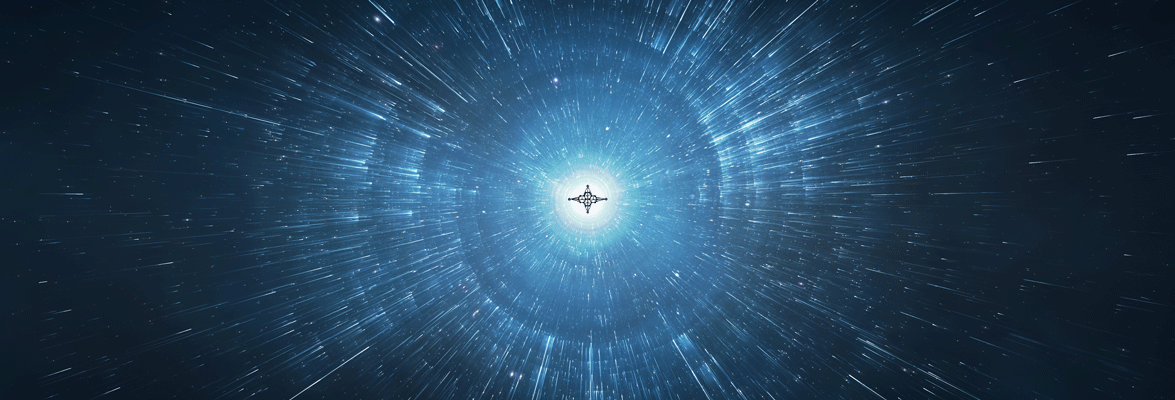14 May 2016
When we launched the GAILEarth.com Website in April 2015, we called for “artists, engineers, architects, map-makers, 3D modelers, scientists, and writers” to help us “create life, living spaces, and natural environments that people might find on exoplanets.” We’ve had some volunteers.
Rick Mackey compiled a timeline of events covering 340 years of space pioneering and exoplanet settlement. Amada Ure translated the map of Genesis into Esperanto and submitted a novella about life on Athena in the early 25th century.
We’ve also been adding some of our own art, including photorealistic renderings of the settled exoplanets, photographs and water-color images of trups on Yom, a photograph of Wyzdom’s Allahm mountains taken from a low-flying aircraft, and color images for page headers that are too numerous to mention here. We can’t, and think it will be better if we don’t, create all the art ourselves. We’d like other people’s ideas.
To encourage that, we’ve compiled a list of the most important art projects we want to add to the site in hopes that it will inspire readers to participate or ask their artistic friends to contribute:
- Videos of a modular starship disassembling in space and landing on a planet’s surface. See figure 4.14 of the Modular Starships section for a sketch of this process. The open source Celestia 3D space-simulation software might be a great tool for this work.
- Realistic renderings of the indigenous hominids of Remus. The description of these beings is sketchy, so this is an opportunity to be creative. Remusans have three fingers on each hand plus an opposable thumb. Females are slightly larger than males and have breasts for nursing their young. Skin color and body hair vary by region. Remusans are technologically unsophisticated, tribal, and warlike. See the section on the Remusan Observation Project for details.
- Cityscapes of major exoplanet cities. What might cities look like if we could build them without all the mistakes of history constraining them? They would use clean sources of energy, of course, but how would homes, shops, and workplaces look? How would people get around? How would they move their food and other goods?
- Better maps of the planets. The original maps for the Handbook for Space Pioneers were drawn in the late 1970s using India ink. These have been colorized for the web, but we’d like to have better quality and more detailed maps of the planets’ surfaces and cities.
GAILEarth.com is a worldwide cooperative science fiction project where creative people can contribute their ideas about what life on exoplanets might be like when we get there. Send your contributions or ideas for what you’d like to do by e-mail to Recruitment@gailearth.com.
Contributions remain the property of their creators. All we ask is that we be allowed to exhibit them on GAILEarth.com in perpetuity. For details, please see our Terms of Use.
